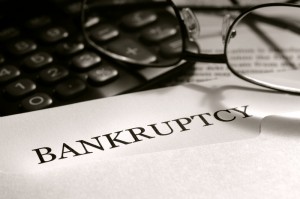 Chapter 13 bankruptcy cases treat claims secured by vehicles in three different ways. First, the debtor can agree to surrender the vehicle and the debt is discharged. Second, the debtor can include the claim to be paid in the Chapter 13 plan. If the claim is included in the plan then the debtor no longer makes the payment directly to the creditor. Instead, the debtor pays the trustee and the trustee pays the creditor. Finally, the debtor can choose to pay the car loan directly each month, outside the Chapter 13 plan.
Chapter 13 bankruptcy cases treat claims secured by vehicles in three different ways. First, the debtor can agree to surrender the vehicle and the debt is discharged. Second, the debtor can include the claim to be paid in the Chapter 13 plan. If the claim is included in the plan then the debtor no longer makes the payment directly to the creditor. Instead, the debtor pays the trustee and the trustee pays the creditor. Finally, the debtor can choose to pay the car loan directly each month, outside the Chapter 13 plan.
There are a lot of good reasons for paying a car loan directly to the creditor. Doing so may allow the debtor to pay off the vehicle sooner and get title to the vehicle. Also, if the debtor has a very good interest rate then it may actually be more expensive to pay the claim off in the plan than to pay directly. Whether or not the claim is being paid directly to the creditor or through a Chapter 13 plan, the debtor is still protected by the automatic stay.
The automatic stay is like a federal injunction. Once a bankruptcy case is filed the creditors must stop all attempts to collect prepetition debt from the debtor. The stay continues in effect for the duration of the plan, however the stay can be lifted upon motion by a creditor for cause. Cause can mean a lot of different things. The most common examples of cause are failure to make the monthly note payments due to the creditors and failure to insure the property.
If a creditor files a motion for relief from the automatic stay so that they can pursue repossession of the vehicle, the debtor must either cure the deficiencies that result in the filing of the motion, attempt to resolve the dispute through an agreed order with the creditor, or else let the stay be terminated and the property repossessed.